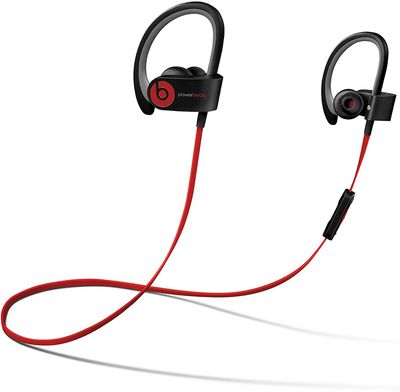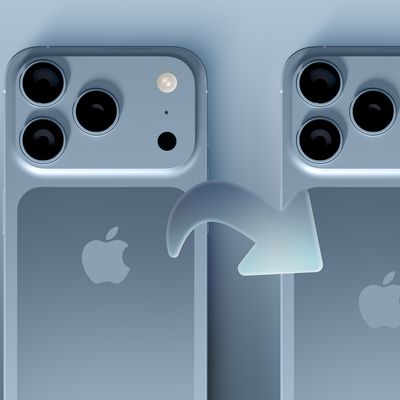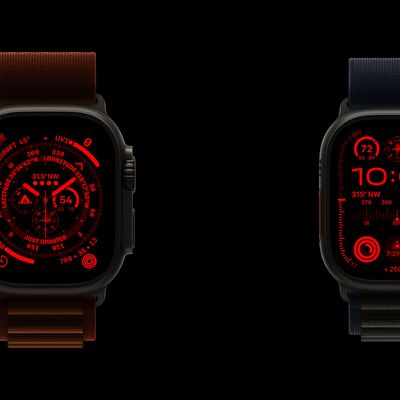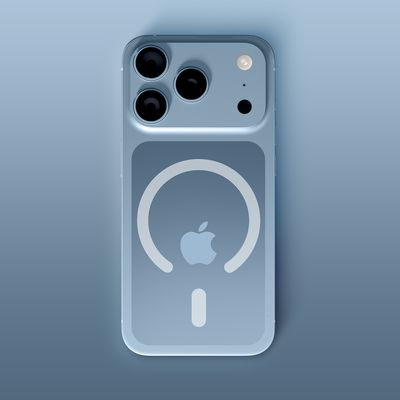Apple Settles Class Action Lawsuit Over Powerbeats 2, Agrees to Pay $9.75 Million
Apple has settled a class action lawsuit related to the Powerbeats 2 headphones, which was levied against the Cupertino company after some customers found that the Powerbeats 2, first released in 2015, had a defect that could cause them to stop working and fail to retain charge after "minimal usage."

Plaintiffs alleged that Apple misrepresented the battery life of the Powerbeats 2, and that the Powerbeats 2 were sweat and water resistant. Apple was also accused of not repairing or replacing defective Powerbeats 2 within the one-year warranty period, with the lawsuit initially filed in 2017.
There was no ruling by the court as Apple and the plaintiffs in the case have agreed to a settlement that will see Apple paying $9,750,000. Apple says that it denies all allegations and is paying the settlement fee to avoid expensive litigation. The $9.75 million will be split between all Class Members who submit claim forms (one payment per household) after attorneys' fees and related costs are paid.
Details about the settlement were sent out to Powerbeats 2 owners this evening. Customers who purchased new Powerbeats 2 earbuds before August 7, 2020 can claim a payment from the settlement after it is approved by the Superior Court of the State of California, Santa Clara County. A hearing is set to be held on January 15, 2021 at 9:00 a.m.
For those who owned or own Powerbeats 2, claims can be submitted online through the settlement website, which also includes more information on the settlement agreement. Those who want to participate in the settlement need to do so by November 20, 2020.
Popular Stories
Apple's next-generation iPhone 17 Pro and iPhone 17 Pro Max are less than three months away, and there are plenty of rumors about the devices.
Apple is expected to launch the iPhone 17, iPhone 17 Air, iPhone 17 Pro, and iPhone 17 Pro Max in September this year.
Below, we recap key changes rumored for the iPhone 17 Pro models:Aluminum frame: iPhone 17 Pro models are rumored to have an...
The long wait for an Apple Watch Ultra 3 appears to be nearly over, and it is rumored to feature both satellite connectivity and 5G support.
Apple Watch Ultra's existing Night Mode
In his latest Power On newsletter, Bloomberg's Mark Gurman said that the Apple Watch Ultra 3 is on track to launch this year with "significant" new features, including satellite connectivity, which would let you...
The upcoming iPhone 17 Pro and iPhone 17 Pro Max are rumored to have a slightly different MagSafe magnet layout compared to existing iPhone models, and a leaked photo has offered a closer look at the supposed new design.
The leaker Majin Bu today shared a photo of alleged MagSafe magnet arrays for third-party iPhone 17 Pro cases. On existing iPhone models with MagSafe, the magnets form a...
iOS 26 and iPadOS 26 add a smaller yet useful Wi-Fi feature to iPhones and iPads.
As spotted by Creative Strategies analyst Max Weinbach, sign-in details for captive Wi-Fi networks are now synced across iPhones and iPads running iOS 26 and iPadOS 26. For example, while Weinbach was staying at a Hilton hotel, his iPhone prompted him to fill in Wi-Fi details from his iPad that was already...
The iPhone 17 Pro Max will feature the biggest ever battery in an iPhone, according to the Weibo leaker known as "Instant Digital."
In a new post, the leaker listed the battery capacities of the iPhone 11 Pro Max through to the iPhone 16 Pro Max, and added that the iPhone 17 Pro Max will feature a battery capacity of 5,000mAh:
iPhone 11 Pro Max: 3,969mAh
iPhone 12 Pro Max: 3,687mAh...
Apple today seeded the second betas of upcoming iOS 18.6 and iPadOS 18.6 updates to public beta testers, with the betas coming just a day after Apple provided the betas to developers. Apple has also released a second beta of macOS Sequoia 15.6.
Testers who have signed up for beta updates through Apple's beta site can download iOS 18.6 and iPadOS 18.6 from the Settings app on a compatible...
Apple is developing a MacBook with the A18 Pro chip, according to findings in backend code uncovered by MacRumors.
Subscribe to the MacRumors YouTube channel for more videos.
Earlier today, Apple analyst Ming-Chi Kuo reported that Apple is planning to launch a low-cost MacBook powered by an iPhone chip. The machine is expected to feature a 13-inch display, the A18 Pro chip, and color options...




















